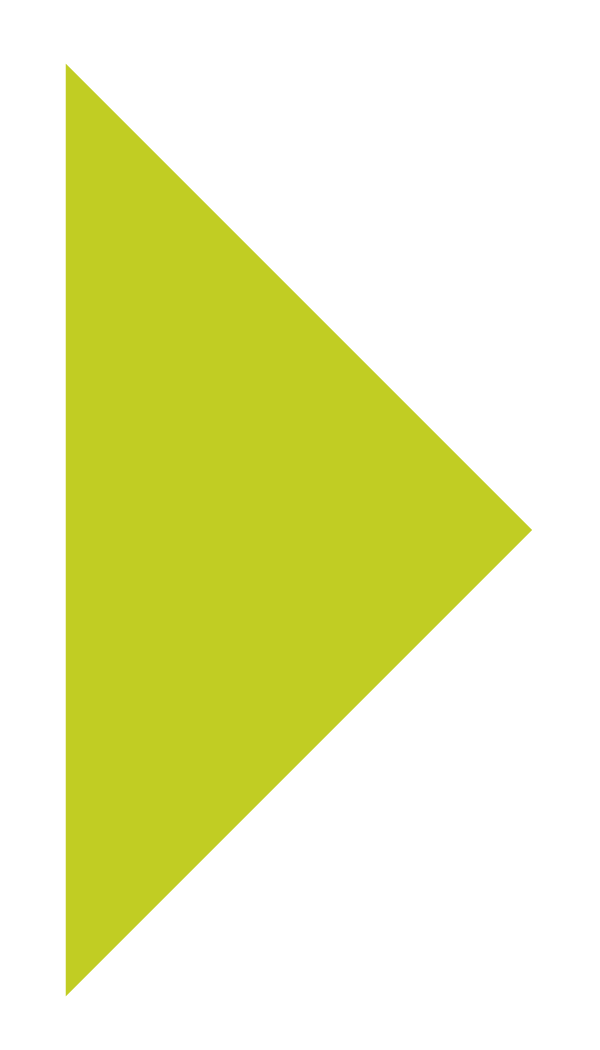by
Jen Novotny
| Oct 02, 2018

If you’re ready to begin house shopping, you may be wondering how much home you can afford. Lenders make their affordability calculation based on your complete financial history, including:
- Income
- Assets
- Liabilities and obligations (i.e. car loans, student loans, credit card debt, child support, potential property taxes, homeowner’s insurance, association fees)
- Credit history
- Credit score
Use our mortgage qualifier calculator to enter your information and determine how much you can afford. You can calculate based
on total monthly payment, income or purchase price.
What Will Lenders Be Looking For?
Debt-to-Income Ratio
Lenders calculate the percentage of your monthly income that is spent on debt. This is known as your debt-to-income ratio. Based on standard lending practices, your mortgage payment, taxes and insurance shouldn’t be more than 28-30% of your income
before taxes — this is known as your front-end ratio. Your front-end ratio could be higher if you have minimal other payments. Your total debt-to-income ratio, also known as your back-end ratio, takes into consideration all of your debt, including
your housing payment. Your total debt-to-income ratio shouldn’t be more than about 43%.
Lenders may have some flexibility in approving mortgages for people who have slightly higher debt-to-income ratios than what’s recommended.
Credit History
There are no absolutes when it comes to credit scores and qualifying for a mortgage, but in general, credit scores of 740 or higher receive the best rates, and individuals with credit scores below 620 likely will have a hard time qualifying for a mortgage
loan.
It benefits you to have a higher credit score and receive a lower rate because it means you may qualify for a larger loan amount. If your credit score is in the lower range, your lender may require a larger down payment.
Down Payment
Your down payment is the amount of money you have on hand to put towards the purchase of your home. The larger your down payment, the less your mortgage loan is. Many banks offer loan programs with as little 3-5 percent down, although some programs require
no down payment. Most conventional loan programs require that you pay private mortgage insurance (PMI) if you have less than 20 percent of the home’s purchase price for down payment, but PMI drops off your mortgage payment when the loan-to-home
value ratio reaches 78 percent. You also can request that PMI be cancelled when the ratio reaches 80 percent.
Homebuyers also may receive a cash gift from a family member to help with a down payment. There are specific rules that govern
how the gift is documented and received, so it’s a good idea to work with your lender to be sure you take the proper steps so your application is not rejected.
Programs and Grants
Local lenders like First National Bank work with homebuying grant programs including the Downpayment Plus® program* grant and the Down Payment
Assistance Loan Program** that can help cover down payment and closing costs. First National Bank also works with government mortgage programs for Veterans and those buying homes in rural areas that offer more generous borrowing terms.
It pays to research
which banks offer non-conventional mortgage programs and grants because not all do.
Assess Location and Lifestyle Factors
Before taking on a mortgage, evaluate how the location of the potential home and your lifestyle impact your mortgage. For example, two neighboring communities may have vastly different property tax rates which would greatly impact your monthly mortgage
payment. In addition, if you enjoy traveling and dining out, be sure to factor those things in when considering your budget for a new home.
When in Doubt, Spend Less
It’s always a good idea to maintain a buffer and not take out the maximum loan amount you qualify for. Ongoing maintenance and repairs are a reality for homeowners, and you don’t want large expenses, such as a new roof or furnace, to derail
your ability to make your monthly mortgage payment. If possible, budget a small amount every month for home maintenance.
Use our mortgage qualifier calculator now!
Check out today’s rates, contact one of our mortgage lenders, or start an application in our Mortgage Center.

If you haven't already, take our mortgage quiz to find out if you're ready to buy a home.
*“Downpayment Plus” is a registered trademark of and a program offered from the Federal Home Loan Bank of Chicago. Restrictions apply. Please visit the Federal Home Loan Bank of Chicago’s website for complete requirements.
**Down Payment Assistance Loan program is offered from the Department of Housing and Urban Development, funded by the Home Consortium. Restrictions apply. Please see the Home Consortium website at www.homeconsortium.com for complete requirements.